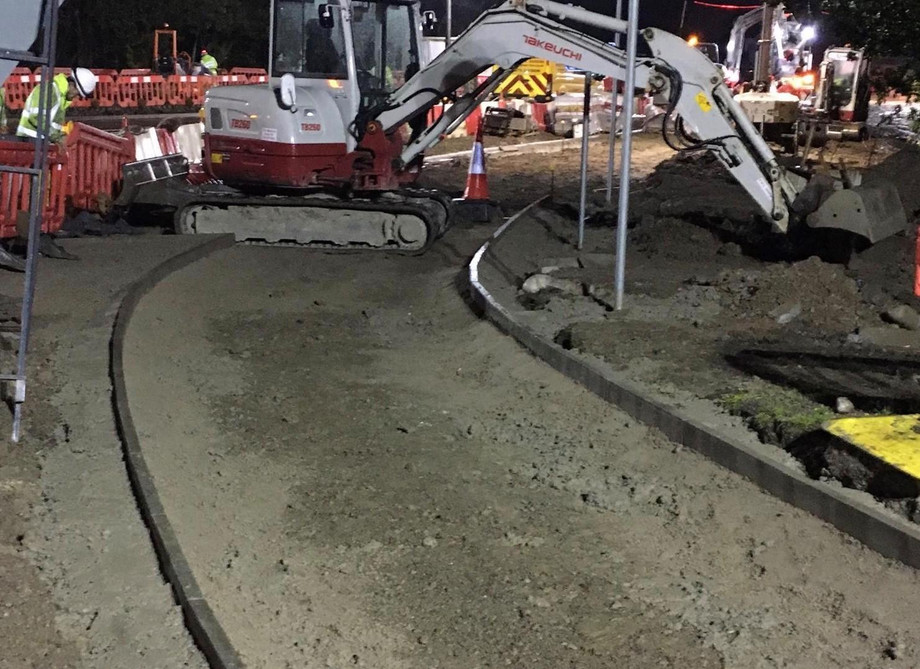Underground Utility Recognition and Utility Planning Arrangements
The advanced city is a labyrinth of roads and back streets, structures, and obstructions. However muddled as urban communities may be on a superficial level, notwithstanding, the circumstance subterranean can be much really confounding: force, phone, and fiber optic links go after space with water and gas mains, wastewater channels, and sewer pipes. Confounding the issue further, new utilities are continually being introduced and existing administrations moved, with layers of utilities both all through use going back similar to the nineteenth century.
For uncovering project workers, experiencing covered utilities during unearthing can result in, best-case scenario, inexpensive deferrals, and monetary or different punishments where administrations are upset; to say the least, this situation conveys the danger of the injury to laborers or even passing.
Before project workers start exhuming on a site, it is thusly fundamental that they bend over backward to recognize and find all covered utilities prone to be influenced by arranged uncovering or development exercises. In the primary case, this is probably going to include reaching a "preceding you burrow" administration. These administrations gather data from service organizations in regards to the area of covered utilities and pass this information on - typically for a charge - to uncovering workers for hire.
While utility following administrations gives a fundamental first channel to project workers, they are not trustworthy: guides might be fragmented or wrong; utilities may have been added, taken out, or migrated without that data being passed on. Therefore, it is prudent for exhuming workers for hire to connect with the administrations of appropriately qualified, experienced, and prepared utility assessors and a utility planning administration.
Utilizing present-day strategies and innovations like electromagnetic indicators, radio detection, and ground entering radar frameworks (GPRS), it is feasible to find precisely a wide scope of covered utilities including both metallic and non-metallic lines and links. These utilities would then be able to be planned to utilize a mix of customary study methods, GPS, and topographical data frameworks (GIS) programming.
For More Info:- Utility Contractors


Comments
Post a Comment